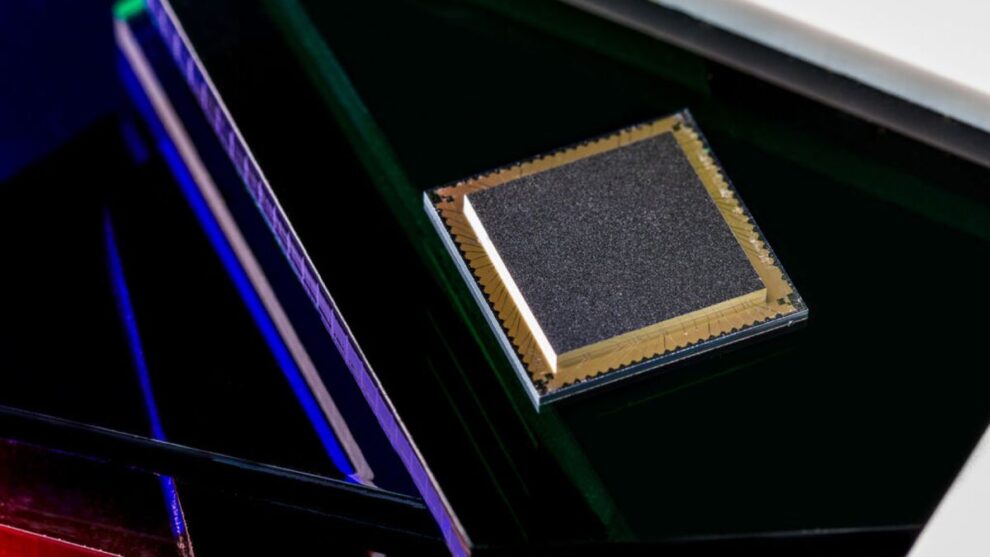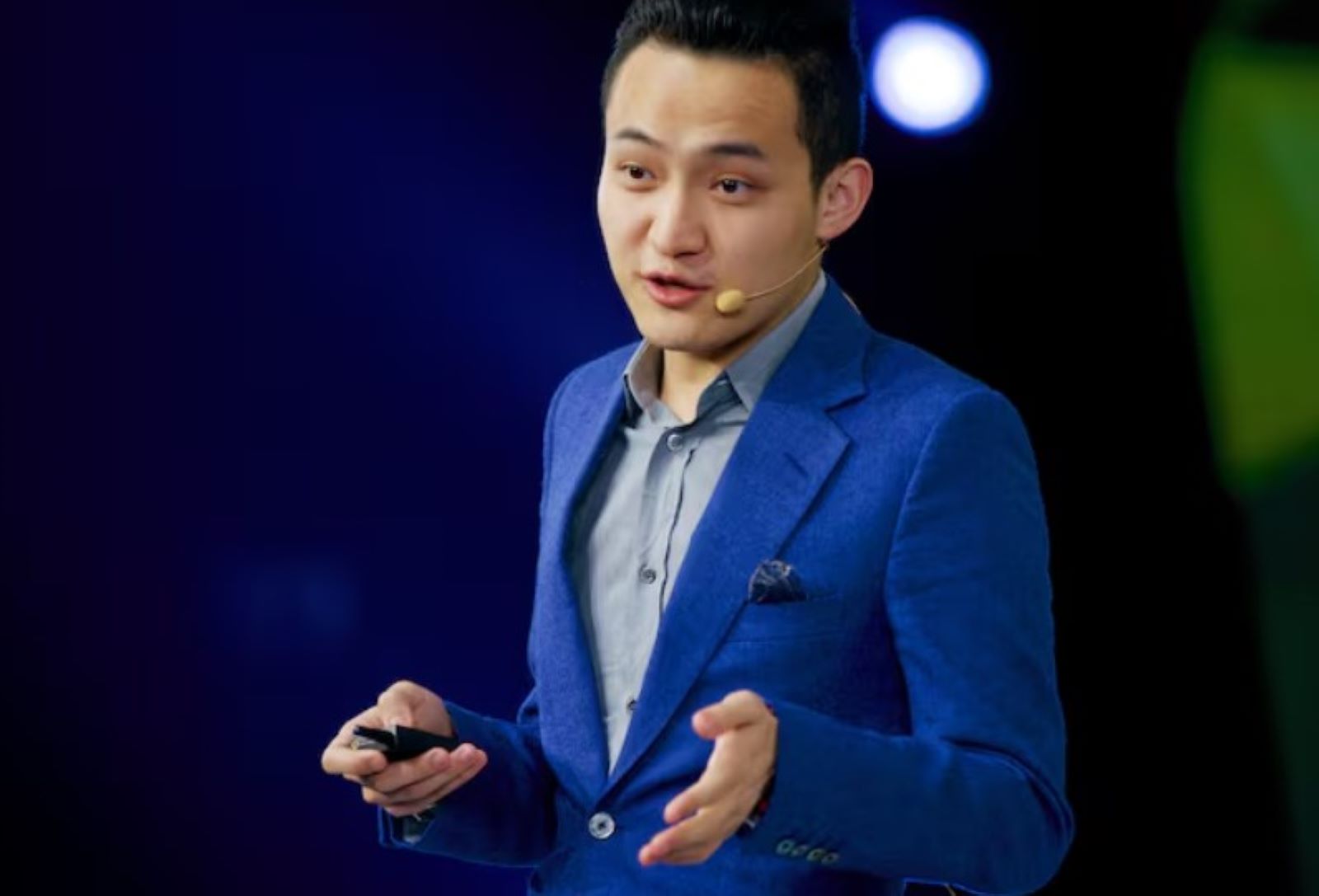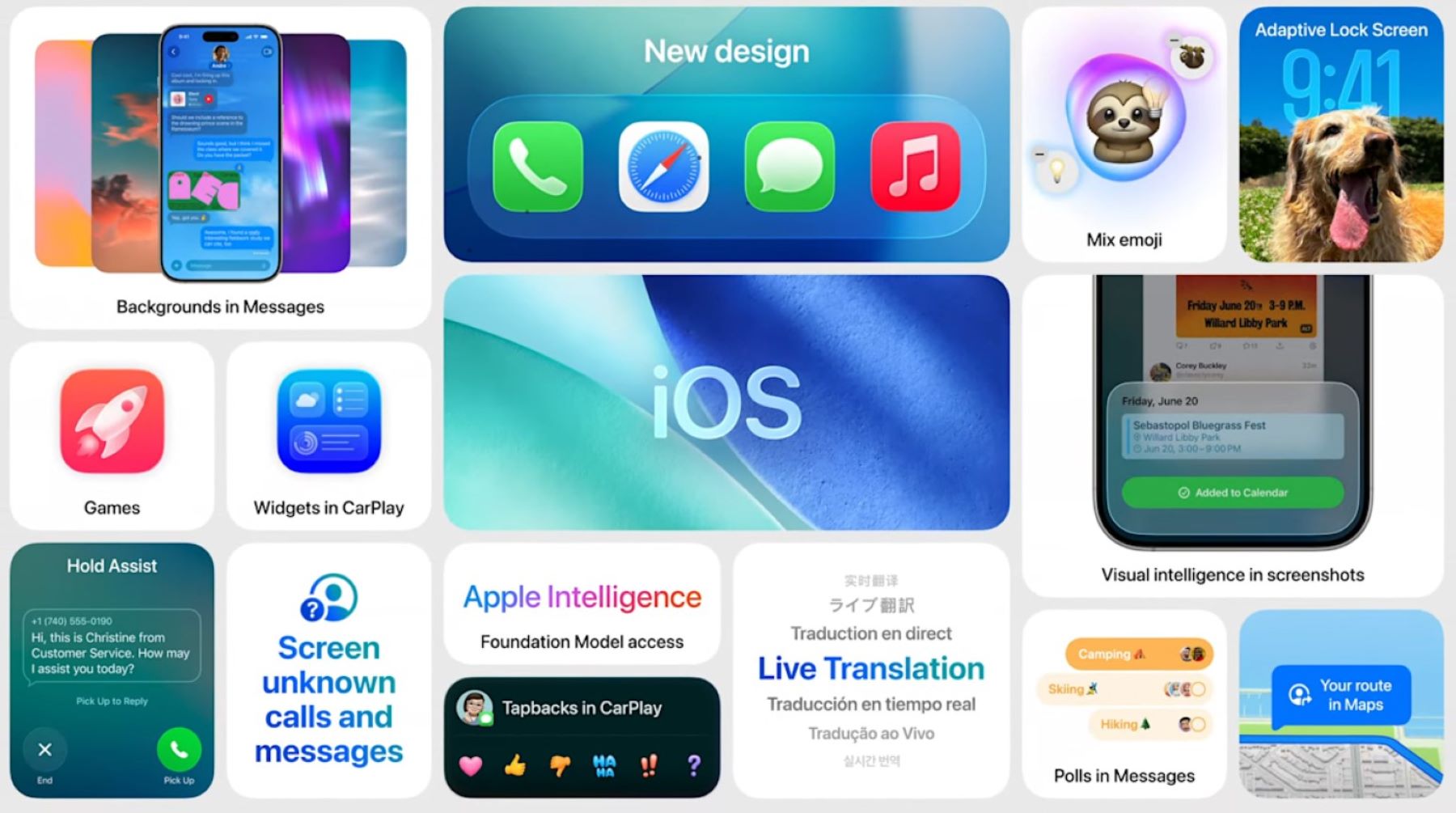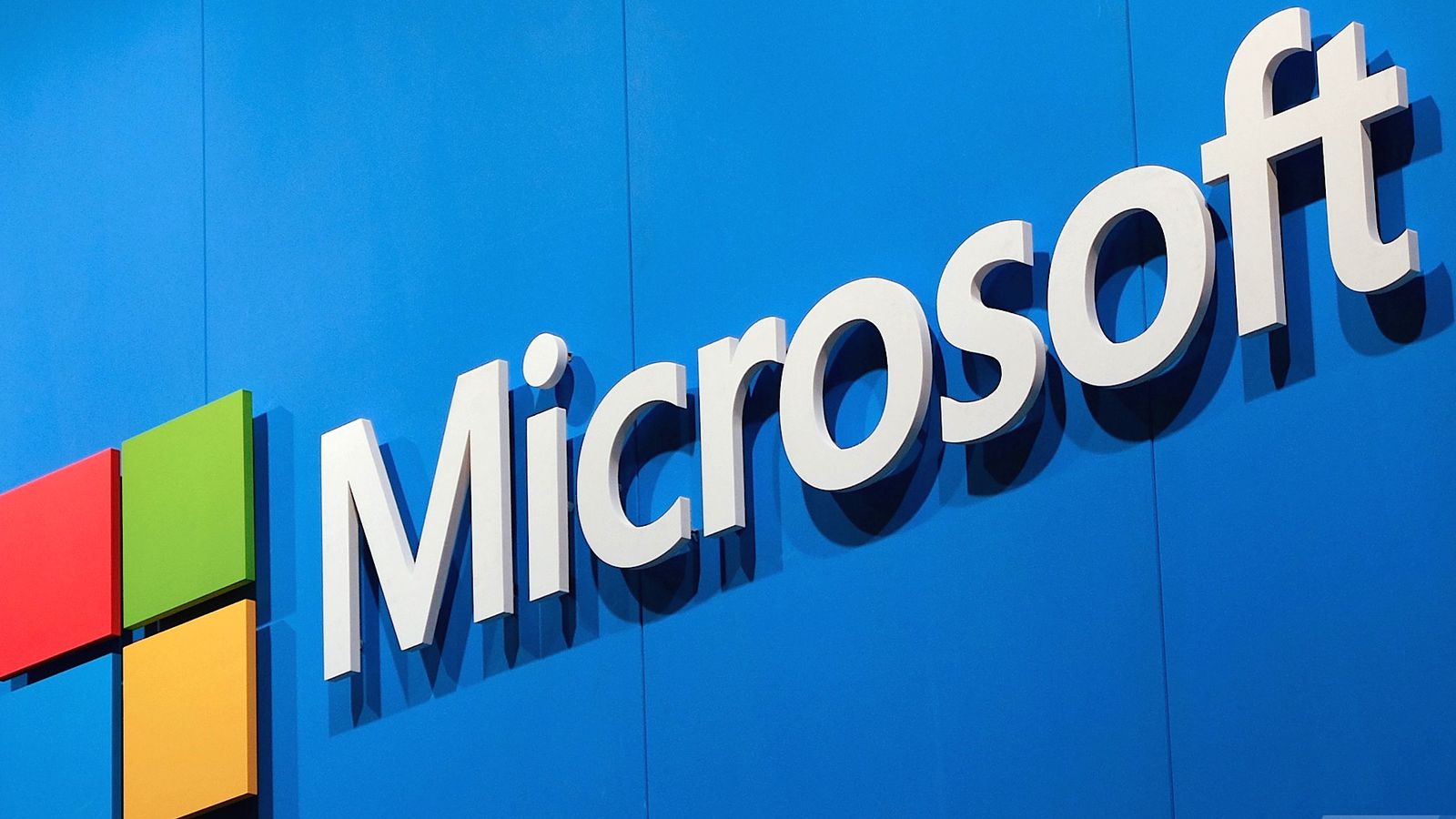The world of quantum computing just got a major boost. Researchers have achieved a groundbreaking 99.9% fidelity in a two-qubit gate, a critical component of quantum computers. This breakthrough, accomplished by scientists at IQM Quantum Computers in Finland, signifies a massive step towards fault-tolerant quantum computing, where errors are automatically corrected, paving the way for more reliable and practical quantum computers.
Why is this such a big deal?
Imagine a world where complex problems that take classical computers centuries to solve could be tackled in mere minutes. That’s the promise of quantum computing. But this potential has been hampered by errors, much like static in a phone call. This new high-fidelity gate drastically reduces this “static,” bringing us closer to a clear and reliable quantum communication channel.
What Does 99.9% Fidelity Really Mean?
In the quantum world, fidelity refers to the accuracy of a quantum operation. Think of it like this: if you ask a perfect quantum computer to add 1+1, you expect the answer to be 2 every single time. With 99.9% fidelity, you’ll get the correct answer 999 times out of 1000. This level of accuracy is crucial because even tiny errors can cascade and derail complex quantum computations.
The Building Blocks of Quantum Computers
To understand the significance of this achievement, let’s break down the basics:
- Qubits: These are the quantum equivalent of bits in classical computers. Unlike bits, which can be either 0 or 1, qubits can exist in a superposition of both states simultaneously, thanks to the mind-bending principles of quantum mechanics.
- Quantum Gates: These are the operations that manipulate qubits, similar to logic gates in classical computers. They perform operations like flipping a qubit’s state or entangling two qubits.
- Fidelity: As mentioned earlier, this measures how accurately a quantum gate performs its operation.
The Quest for Fault Tolerance
One of the biggest hurdles in quantum computing is dealing with errors. Qubits are incredibly sensitive to their environment, and even the slightest disturbance can introduce errors. This is where fault tolerance comes in. It’s a way to design quantum computers that can continue operating correctly even in the presence of errors.
High-fidelity gates are essential for fault tolerance. By minimizing errors at the gate level, we reduce the overall error rate of the quantum computer, making it much more reliable.
IQM’s Breakthrough
The researchers at IQM achieved this record-breaking fidelity by focusing on two key areas:
- Accuracy of Qubit Operations: They fine-tuned the control signals used to manipulate the qubits, minimizing unwanted interactions that can introduce errors.
- Qubit Stability: They increased the “coherence time” of the qubits, which is the time they can maintain their quantum state. This is like extending the duration of that clear phone call before the static kicks in.
Impact on the Future of Quantum Computing
This breakthrough has significant implications for various fields:
- Drug discovery: Quantum computers could simulate molecular interactions with unprecedented accuracy, leading to the development of new drugs and therapies.
- Materials science: Designing new materials with specific properties could be revolutionized, leading to advancements in electronics, energy storage, and more.
- Financial modeling: Quantum computers could tackle complex financial models, leading to better risk management and investment strategies.
- Artificial intelligence: Quantum machine learning algorithms could accelerate advancements in AI, leading to more sophisticated and capable AI systems.
My Perspective
Having followed the quantum computing field for years, I’m incredibly excited about this development. It’s a testament to the rapid progress being made in this area. While we’re still in the early days of quantum computing, breakthroughs like this bring us closer to realizing its full potential. I believe we’re on the cusp of a quantum revolution that will transform our world in ways we can only begin to imagine.
The Road Ahead
While this achievement is a major milestone, there’s still work to be done. Researchers need to scale up these high-fidelity gates to larger numbers of qubits and integrate them into more complex quantum circuits. But with continued progress, we can expect to see increasingly powerful and reliable quantum computers in the years to come.
This is a truly exciting time to be following the quantum computing journey. The future is quantum, and it’s looking brighter than ever.








